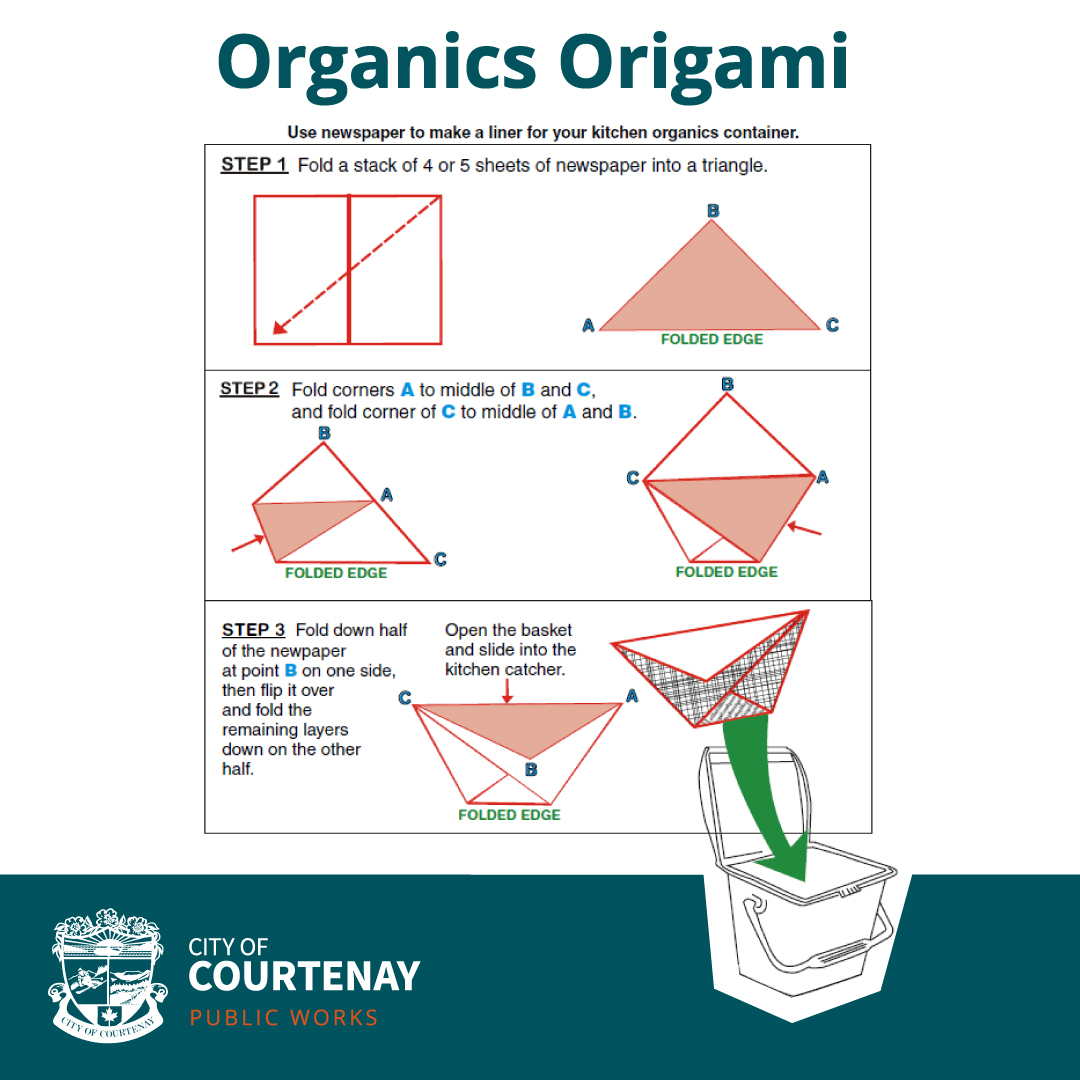FAQs Organics
Questions
- When will I be able to put food waste out for collection?
- Who gets to participate?
- What can go in the organics bin?
- Can I use a liner?
- How do I use my wildife resistant organics cart?
- How often will it be collected?
- Why is it important to divert food waste?
- Why is food waste being collected with yard waste?
- How does it work?
- I have a big yard, what do I do with my excess yard waste?
Answers
-
When will I be able to put food waste out for collection?
Food waste collection began in January 2023.
-
Who gets to participate?
Food waste collection is being offered to the residents within the Residential Curbside Collection program. This program is available to single residential dwellings, duplexes, triplexes, fourplexes and row housing that were designed to receive individual curbside collection (including stratas.)
-
What can go in the organics bin?
Check out the CSWM Curbside Food and Yard Waste Guide for a complete list of what is accepted and not accepted for collection.
-
Can I use a liner?
Use of a liner is not required. If a liner is used, it must be made of an item accepted in the food waste program, such as paper bags, newspapers or shredded paper or food-soiled cardboard.
Compostable and biodegradable plastics will not be accepted.This includes poly or cellulose lined paper bags.
If using your green organics container to collect small amounts of kitchen waste, here's a handy method to line your small bin with newspaper:

-
How do I use my wildife resistant organics cart?
The latches on the new carts are a little stiff. When setting your organics cart out at the curb for pick-up, please leave the lid in the unlocked position if the cart:
- Is more than 75% (3/4) full;
- Only contains a small amount of food waste; or,
- Only contains yard waste.
Please leave the lid locked when the organics cart is not set out for collection unless you have it stored in a garage, shed or other secure location. Thank you for doing your part to keep bears and other wildlife safe.
-
How often will it be collected?
The organics collection (food waste and yard waste) will occur on a weekly basis.
-
Why is it important to divert food waste?
When food and organic material ends up in the landfill they create methane, a greenhouse gas that contributes to global warming. Diverting organic material from the landfill is not only better for the environment, it extends the life of our Regional landfill, which lowers the overall long-term costs associated with the management of solid waste.
-
Why is food waste being collected with yard waste?
The co-mingled food and yard waste will provide a higher quality feedstock to the CSWM organics facility to turn into compost.
-
How does it work?
Residents must use the City issued carts for collection.
-
I have a big yard, what do I do with my excess yard waste?
There are a number of ways to manage excess yard waste volumes:
Mulching: In the fall consider using leaves for mulch before putting them at the curb. As leaves break down they help boost nutrients in the soil, block weed growth, provide winter homes for pollinators, and retain moisture and warmth in the soil. In the spring they can be turned into the soil.
Grasscycling: Cut grass left on the lawn provides moisture and nutrients to the soil, which results in a more lush and healthy lawn. It conserves water, saves time and reduces the need for fertilizers.
Composting: Using a home composting system is a great way to turn excess yard waste into a nutrient rich compost.
Courtenay Collects: type yard waste into Courtenay Collects through the website or app for a list of locations that will receive yard waste.